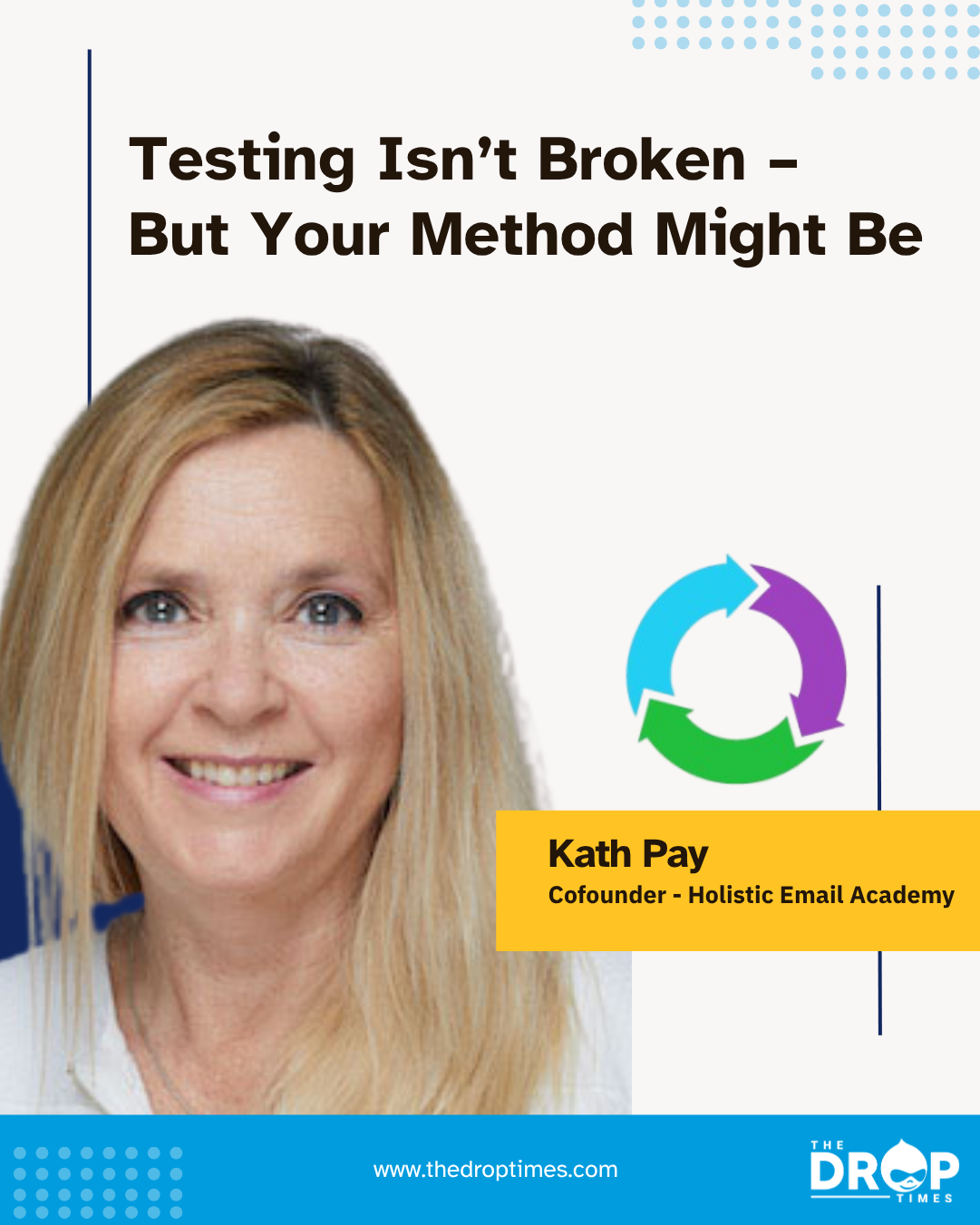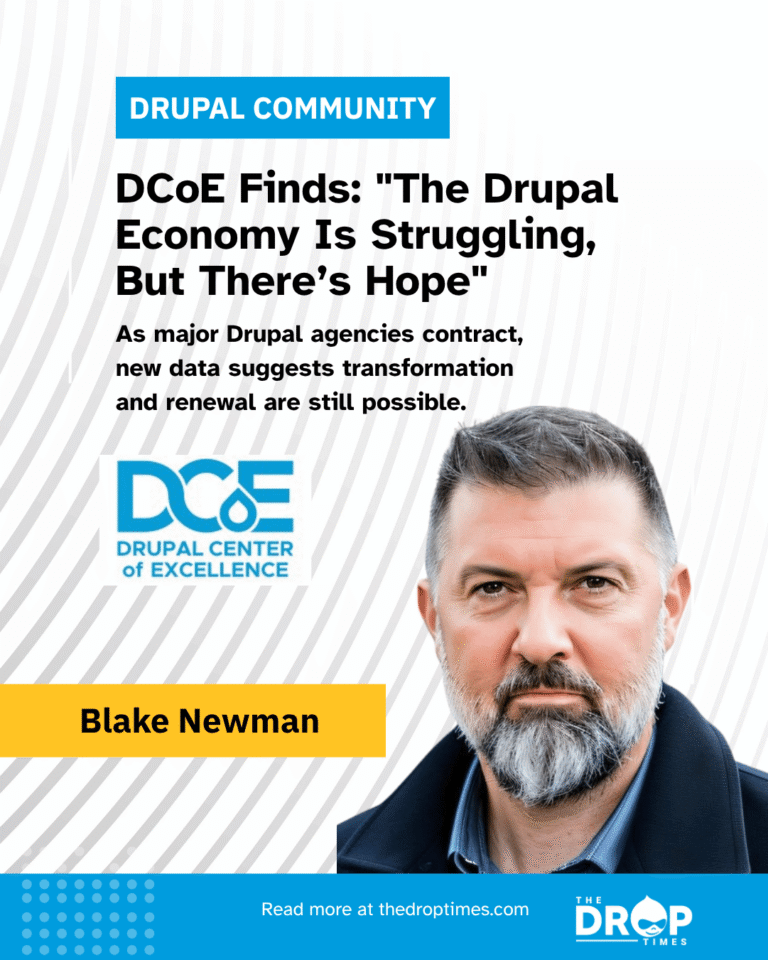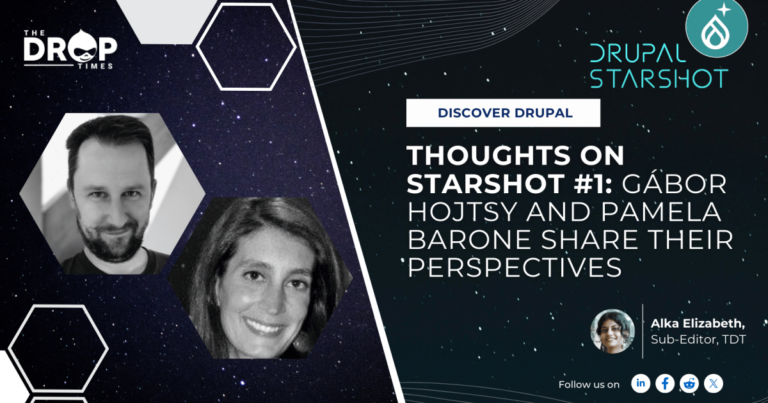
That’s where Holistic Testing comes in. Instead of testing one variable (e.g., the CTA button text), you test a set of variables, which are all supporting the same hypothesis.
In data terms, a 95% confidence level means there’s only a 5% probability that your result happened randomly. Anything below that, and you’re effectively guessing.Testing isn’t about finding one “winning” email and calling it a day. It’s about building a system for continuous learning.One of the biggest testing sins is declaring a winner too early. You might see a 10% lift in conversions and want to celebrate, but without a statistically significant result, that “win” could be pure chance.
1. Testing Without a Hypothesis
A subject line can influence opens, but if the message, visuals, and CTA don’t reinforce the same motivation, you’re testing in isolation. The real power lies in testing connected elements that work together to influence behaviour.This statement identifies the psychological trigger, the change, and the success metric, which is a perfect starting point for Holistic Testing.We’ve all been there, running yet another subject-line test, watching the open rates roll in, and hoping this time we’ll see something meaningful. But after years of reviewing testing programmes for brands around the world, I’ve found that when A/B testing fails, it’s rarely the fault of the channel or even the tool. It’s the method.
Holistic fix: Start every test with a hypothesis that ties directly to a behavioural principle or customer motivation. If your test can’t explain why you’re making a change or what you expect to learn, it isn’t ready to run.
Subject-line testing is the comfort zone for most marketers. It’s easy, quick, and built into most ESPs. But focusing solely on subject lines is like judging a book by its cover — you’re missing the story inside.
For example:
2. Measuring the Wrong Metrics
Running tests without a clear hypothesis is like setting off on a road trip without a destination — you’ll use up fuel, but you won’t know where you’re headed.Holistic fix: Create a testing feedback loop:I’ve seen teams run dozens of tests a year yet make no strategic progress because they never apply what they’ve learned across journeys, automations, or even other channels.Holistic fix: Use a significance calculator (yes, even a simple online one will do) before and after each test. And if your audience is small, run the test more than once. Holistic Testing treats every result as data for learning, not a definitive truth. Patterns matter more than one-off wins.
3. Testing Without Statistical Significance
That’s how you turn testing from a one-off activity into a long-term optimisation strategy.The good news? The method can be fixed.Email testing, when done right, is the most powerful way to understand what drives behaviour — not just in the inbox, but across your customer’s entire journey. The problem is that many testing programmes still operate on outdated logic: surface-level variables, vanity metrics, and a lack of long-term strategy.For instance, if your hypothesis is that “emphasising exclusivity increases conversions,” you might test:
4. Testing Only One Element
Too often, marketers run a test, record the result, and move on. But unless you feed those learnings back into your next hypothesis, you’re not really improving — you’re just collecting trivia.Even click rates — once a decent proxy for engagement — can mislead if they’re not tied to the true objective of your campaign.The Holistic Testing Methodology exists to give structure to that learning. It connects psychology, data, and design into one unified approach so that every test becomes a step towards strategic clarity, not just another campaign result.A hypothesis gives your test direction and purpose. It’s the “why” behind your test, what you expect to happen, why you expect it, and how you’ll measure success.
- Subject lines with exclusivity framing (“Your invitation inside”)
- Copy that reinforces scarcity
- Design elements that highlight membership or access
Holistic fix: Choose success metrics that align with your goal. Revenue, conversions, downloads, form completions — whatever best represents the outcome you’re trying to achieve. In the Holistic framework, I often define both a primary metric (e.g., conversions) and a secondary metric (e.g., clicks) to understand both the what and the why behind performance shifts.Holistic fix: Stop thinking of tests as single-variable experiments. Think of them as motivational experiments. Test complete concepts, not isolated tweaks.
5. Failing to Apply and Evolve
Testing isn’t broken. It’s evolving. And when you evolve with it — by testing with intent, analysing with depth, and acting with purpose — then your entire marketing programme becomes stronger, more intelligent, and more profitable.Your email list is a microcosm of your customer base. What you learn from your tests doesn’t just make your emails better; it makes all your marketing smarter — from social to SMS to website UX.The open rate used to be everyone’s go-to metric. But between Apple’s Mail Privacy Protection, Gmail’s tabbed inboxes, and the general unreliability of open data, those numbers are now little more than background noise.“Loss aversion messaging will drive more conversions than benefit-led messaging because people are more motivated to avoid missing out than to gain something new.”
- Document your hypothesis, setup, and metrics before you launch.
- Record results, noting not just what won, but why you think it did.
- Translate insights into actions, and update your templates, messaging frameworks, or automations.
- Develop a new hypothesis based on what you learned and test again.
Marketers often trip up here because they test with sample sizes that are too small or end the test too soon. A campaign that sends to 5,000 people won’t provide the same reliability as one sent to 50,000, even if the percentages look similar.
Bringing It All Together
When all variables support the same behavioural trigger, the test becomes much more meaningful, and the insights far more transferable across campaigns.If your goal is to drive sales, clicks alone won’t tell you whether the campaign worked. You need to measure conversions based on emails delivered, not web sessions or clicks, so you can see how your email — not your landing page — contributed to the result.In this guide, I’ll walk you through the five most common testing pitfalls I see, and how to fix them using the Holistic Testing Methodology, my framework for running smarter, multi-dimensional tests that deliver real insight and lasting results.If you take nothing else from this article, remember this: A/B testing isn’t just about improving a single email — it’s about understanding your audience.






